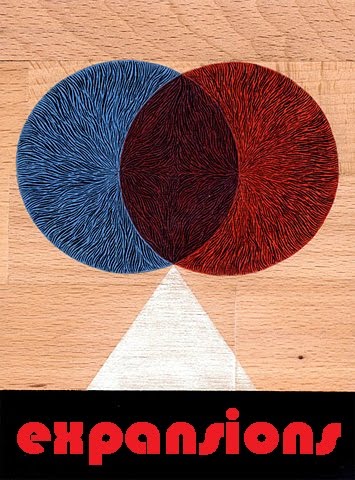

On this, the 103rd Anniversary of the U.S. Occupation Forces' execution of General MACARIO SAKAY, Freedom Fighter & President of the Tagalog Republic,
here are some notes from Paul Flores about "the Barber who stopped cutting his hair" (Sakay's Freedom Fighters would often let their hair grow to signify how long they had been committed to the armed struggle against the invaders:)
"Contrary to popular belief, Philippine resistance to American rule did not end with the capture of Emilio Aguinaldo in 1901. There were numerous resistance forces fighting for Philippine independence until the year 1910. One of these forces was led by Macario Sakay who established the Tagalog Republic.
Born in 1870 in Tondo, Macario Sakay had a working-class background. He started out as an apprentice in a calesa manufacturing shop. He was also a tailor, a barber, and an actor in comedias and moro-moros. His participation in Tagalog dramas exposed him to the world of love, courage, and discipline.
In 1894, Sakay joined the Dapitan, Manila branch of the Katipunan. Due to his exemplary work, he became head of the branch. His nightly activities as an actor in comedias camouflaged his involvement with the Katipunan. Sakay assisted in the operation of the Katipunan press. During the early days of the Katipunan, Sakay worked with Andres Bonifacio and Emilio Jacinto. He fought side by side with Bonifacio in the hills of Morong (now Rizal) Province.
During the initial stages of the Filipino-American war, Sakay was jailed for his seditious activities. He had been caught forming several Katipunan chapters and preaching its ideals from town to town...
GUERRILLA TACTICS
In late 1904, Sakay and his men took military offensive against the enemy. They were successful in seizing ammunition and firearms in their raids in Cavite and Batangas. Disguised in Philippine Constabulary uniforms, they captured the U.S. military garrison in Parañaque and ran away with a large amount of revolvers, carbines, and ammunition. Sakay's men often employed these uniforms to confuse the enemy.
Using guerrilla warfare, Sakay would look for a chance to use a large number of his men against a small band of the enemy. They usually attacked at night when most of the enemy was looking for relaxation. Sakay severely punished and often liquidated suspected collaborators.
The Tagalog Republic enjoyed the support of the Filipino masses in the areas of Morong, Laguna, Batangas, and Cavite. Lower class people and those living in barrios contributed food, money, and other supplies to the movement. The people also helped Sakay's men evade military checkpoints. They collected information on the whereabouts of the American troops and passed them on. Muchachos working for the Americans stole ammunition and guns for the use of Sakay's men..."
Sakays parting words:
"Death comes to all of us sooner or later, so I will face the Lord Almighty calmly. But I want to tell you that we were not bandits and robbers, as the Americans have accused us, but members of the revolutionary force that defended our mother country, Filipinas! Farewell! Long live the republic and may our independence be born in the future! Farewell! Long live Filipinas!"
~ Last words of Katipunero, Revolutionary General & President of Katagulugan (The Tagalog Republic) MACARIO SAKAY, after he and fellow freedom fighter LUCIO DE VEGA were captured through the treachery of the U.S. invaders and their henchmen in the Philippines, accused of banditry by the U.S. puppet regime. SAKAY had his anting-anting (protective amulet, pictured here) taken by his captors. SAKAY and DE VEGA were executed on September 13th, 1907. This was over 5 years after the U.S. President (Teddy Roosevelt) had claimed that the Philippine-American War was over, and fighting continued in other areas until at least 1910. (cf- G.W. Bush's declaration of "Mission accomplished" in Iraq)
